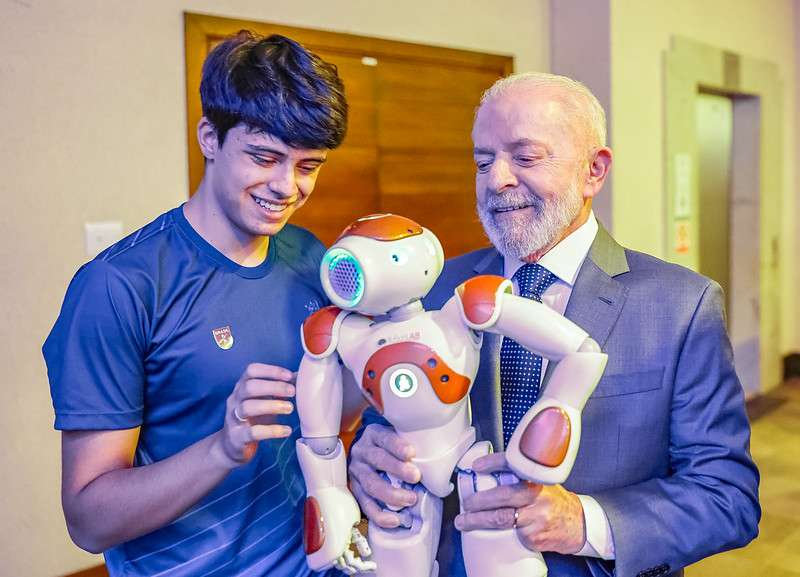and the distribution of digital products.
DM Television
Brazil Commits $4 Billion to Boost Domestic AI in Public Services and Research
Brazil’s government has unveiled a comprehensive plan to develop fully homegrown artificial intelligence (AI) models for use across various sectors of public administration. The initiative aims to secure technological autonomy, boost the competitiveness of the Brazilian economy, and promote the responsible use of AI.
\ The project calls for an investment of R$ 23 billion (USD $4 billion) by 2028, with the majority of the funding provided by the state. A key component of this initiative is the upgrade of the Santos Dumont supercomputer, operated by the National Laboratory for Scientific Computing (LNCC) in Petrópolis, Rio de Janeiro. Once upgraded, the machine is expected to rank among the top five in the world in processing capacity, supporting a wide range of research needs.
\ Titled the “Brazilian Artificial Intelligence Plan” (PBIA), the program is structured in two phases of operation. The first phase will implement 54 immediate impact actions, integrating AI into public services modernization across sectors such as healthcare, education, agriculture, defense, and environmental protection.
\ During the launch ceremony on July 30 in Brasília, President Luiz Inácio Lula da Silva emphasized Brazil’s independence in the field.
“Why can’t a country with 200 million people, a nation 524 years old with a globally respected intellectual foundation, create its own mechanisms instead of relying on AI from China, the United States, South Korea, or Japan? Why can’t we have our own?” Lula asked rhetorically.
\ In healthcare, the plan includes the deployment of autonomous disinfection robots in hospitals, development of platforms to enhance diagnostic accuracy and speed, use of AI to manage teleconsultations and update digital medical records, and optimization of medication procurement.
\
\ In agriculture, the initiative aims to provide farmers and ranchers with significant technological assistance. This includes more accurate climatic and meteorological data, AI tools with computer vision for livestock monitoring to reduce animal stress, and chatbot services to answer farmers’ questions, among other innovations.
\ For environmental protection, the government intends to use AI to predict extreme weather events and prevent natural disasters, safeguard the Amazon, and map the biomes’ tree locations for better species monitoring.
\ The second phase of the plan focuses on long-term structural actions, such as upgrading the Santos Dumont supercomputer, developing high-performance AI processors domestically, establishing infrastructure, training and qualification of professionals and creating a national network of AI excellence centers to promote research across the country.
\ A significant concern is ensuring a sustainable and renewable energy supply for this technological advancement. According to the International Energy Agency (IEA), in 2022, Brazil’s data centers consumed 460 terawatt-hours (TWh) of energy, a figure that could reach 1,050 TWh globally by 2026 due to the increasing demands of AI technologies. This would be twice the total energy consumption of Brazil in a year.
\ In response, the PBIA aims to expand the country’s renewable energy matrix, including hydropower. Over the next four years, 42 projects will seek solutions to support AI advancements, with a budget allocation of 500 million reais (USD $88 million).
\
:::info Thiago Alves, Reporter, Brazil Reports
:::
\
- Home
- About Us
- Write For Us / Submit Content
- Advertising And Affiliates
- Feeds And Syndication
- Contact Us
- Login
- Privacy
All Rights Reserved. Copyright , Central Coast Communications, Inc.
